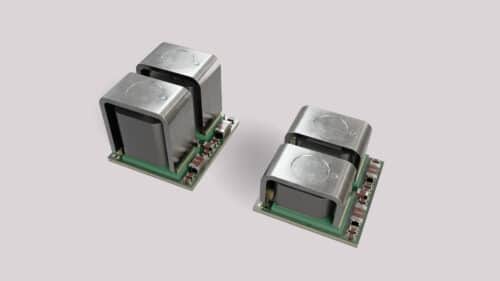The dual-phase power modules enhance data centre efficiency, reduce energy costs, and support decarbonization efforts for a sustainable future.

Artificial Intelligence is driving an increase in global data generation, leading to higher energy demands for chips that support this data growth. Infineon Technologies AG has launched its TDM2254xD series dual-phase power modules, which offer power density, quality, and total cost of ownership (TCO) for AI data centres. These products combine OptiMOS TM MOSFET technology with packaging and magnetic structure to deliver electrical and thermal performance with a mechanical design. This enables data centres to operate efficiently, meeting the power demands of AI GPU (Graphic Processor Unit) platforms while reducing TCO.
Given that AI servers require more energy than traditional servers and data centres already account for more than 2 percent of the global energy supply, it is crucial to develop power solutions and architectural designs that drive decarbonization. The dual-phase power modules and XDP TM Controller technology enable voltage regulation for computing platforms, ensuring electrical, thermal, and mechanical operation.
The modules’ design allows heat transfer from the power stage to the heat sink through an inductor design that effectively transfers current and heat. This results in higher efficiency than industry average modules at full load. Improving power efficiency at the core of a GPU can lead to energy savings at scale, which translates into megawatts saved for data centres computing generative AI. This leads to reduced CO2 emissions and dollars in operating cost savings over the system’s lifetime.
“This unique Product-to-System solution combined with our cutting-edge manufacturing lets Infineon deliver solutions with differentiated performance and quality at scale, thereby significantly reducing the total cost of ownership for our customers,” said Athar Zaidi, Senior Vice President of power & Sensor Systems at Infineon Technologies. “We are excited to bring this solution to market; it will accelerate computing performance and further drive our digitalisation and decarbonization mission.”






